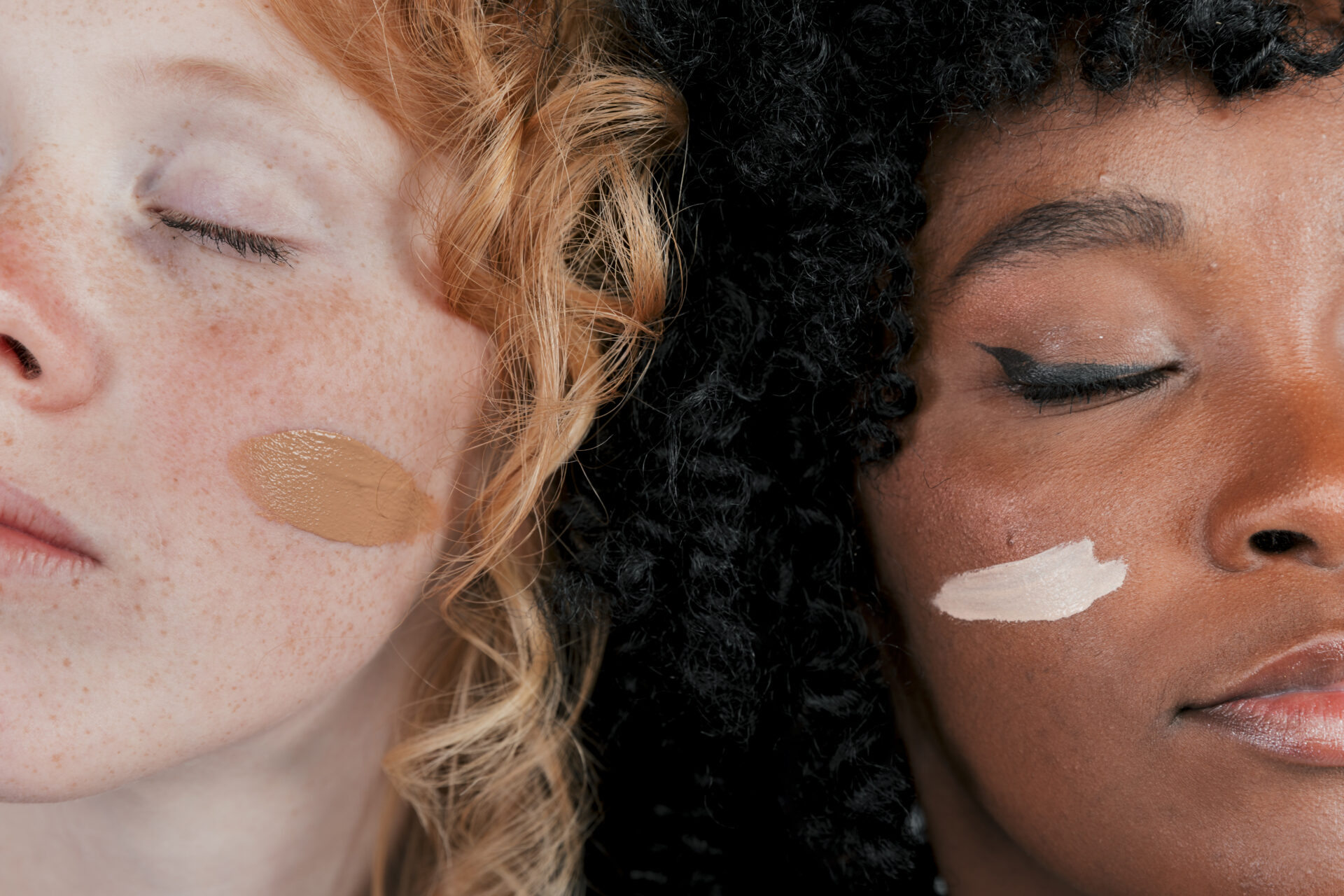Table of Contents
ToggleBest Combination Skin Routine: Morning and Night Regimen
Having a combination skin can complicated and tricky than having dry or oily skin because it involves both dry and oily areas on the skin. Typically, the T-zone (forehead, nose, and chin) tends to be more on the oily side while cheeks and jawline areas are dry or normal. Because of this, skin needs vary and building an effective skincare routine is all about balancing. Here is a morning and night regimen that works for oily skin areas and nourishes the dry skin parts at the same time.
Morning Combination Skin Routine
1. Cleanser: Start with a Gentle Cleanser
A key step in any combination skin routine is using a cleanser that removes excess oil without stripping the skin. Use a cleanser that is gentle, sulfate and harsh chemicals free and lifts away the oil in T zone and at the same time doesn’t make your cheeks area dry or tight. Ingredients like aloe vera or glycerin are great for maintaining moisture balance between both areas.
2. Toner: Hydrating Toner for Balanced Skin
Incorporating a toner into your combination skin routine is very important. Using a hydrating toner with calming ingredients like rose water, hyaluronic acid, or witch hazel balances the oil production and provides hydration at the same time. Avoid toners with alcohol as they can dry out and irritate the skin and cause your oil glands to overcompensate.
3. Serum: Vitamin C for Brightening
For combination skin, a lightweight Vitamin C serum is perfect in the morning. Vitamin C helps to brighten up the skin, controls oil production and has antioxidant properties. This step overall improves the skin tone, removes dullness and makes you look fresh and complexion brighter.
4. Moisturizer: Oil-Free, Lightweight Formula
Choose an oil-free, lightweight moisturizer that hydrates your dry areas without clogging the pores in your T-zone. Gel-based moisturizers with ingredients like hyaluronic acid or squalane are great for this purpose. This is a vital part of your morning skin routine to ensure hydration balance.
5. Sunscreen: Broad-Spectrum SPF
The last and most important step in any skincare routine is sunscreen. Go for a broad-spectrum SPF of at least 30. Choose non-comedogenic and mattifying sunscreens so that your pores doesn’t gets clogged and it doesn’t add extra shine to oily areas on the skin.
Night Combination Skin Routine
1. Cleanser: Double Cleansing
In your night combination skin routine, start with a double cleanse. Use an oil-based cleanser to break down makeup, sunscreen, and excess oil, followed by a water-based gentle cleanser to remove impurities. This method ensures your skin is thoroughly clean without disturbing its moisture balance.
2. Exfoliation (2-3 times per week)
Exfoliating regularly is essential for combination skin, but avoid over-exfoliating as it can worsen dryness or trigger more oil production. Choose mild chemical exfoliant, such as glycolic, lactic acid, salicylic acid or mandelic acid to gently slough away dead skin cells. This step in your combination skin routine helps unclog pores in oily areas while improving texture in dry zones.
3. Toner: Balance Your Skin’s pH
Just like in your morning routine, using a hydrating or balancing toner at night is key. This will prep your skin for the treatments and serums that follow, ensuring they absorb better and work more effectively.
4. Serum: Targeted Night Treatment
Nighttime is the perfect opportunity to use a serum that targets specific concerns. If your skin is more acne-prone, you can use a serum with niacinamide or retinol to control breakouts and oil production. For those dealing with dryness, use a hyaluronic acid serum to deeply hydrate. This step is vital to a well-rounded combination skin routine, as it allows you to address different skin needs.
5. Moisturizer: Richer Night Cream
At night, it’s okay to use a richer moisturizer since the skin repairs itself while you sleep. Opt for a cream with ceramides or peptides that hydrate the dry areas while still being lightweight enough not to overwhelm the oily parts. This part of your combination skin routine will help replenish moisture without clogging pores.
6. Optional: Spot Treatment or Facial Oil
If you have areas of concern like acne or dark spots, you can apply a spot treatment. For dry patches, a facial oil can provide extra hydration. Be careful with facial oils, applying them only on dry zones to avoid making oily areas worse.
Tips for Maintaining a Healthy Combination Skin Routine
- Patch Testing: Before introducing new products into your combination skin routine, always perform a patch test to avoid irritation.
- Consistency: Stick to your morning and night combination skin routine for the best results. Consistency is key when balancing both oily and dry areas.
- Adjusting as Needed: Listen to your skin. If it becomes drier during colder months, switch to more hydrating products. If it’s oilier in the summer, opt for mattifying products.
Conclusion
Crafting the perfect combination skin routine is all about balance. By targeting oily areas with lightweight, oil-controlling products while deeply hydrating dry zones, you can achieve a clearer, more radiant complexion. Stick to this morning and night regimen for best results and adjust your routine based on your skin’s needs.
We’d Love to Hear from You!
Drop your thoughts in the comments about this article! What did you like? What didn’t work for you? Would you recommend it? Your honest review helps others decide if it’s right for them, and it helps us make our content even better. Thanks for being part of our community!
For visiting Home Page Click Here.



